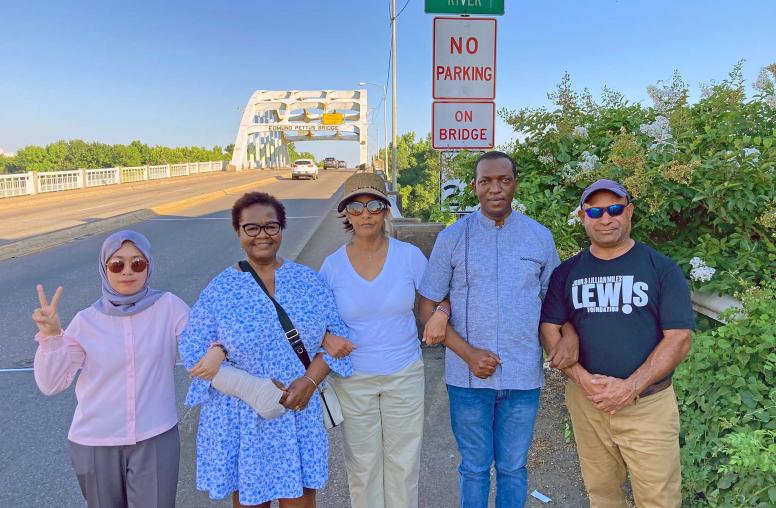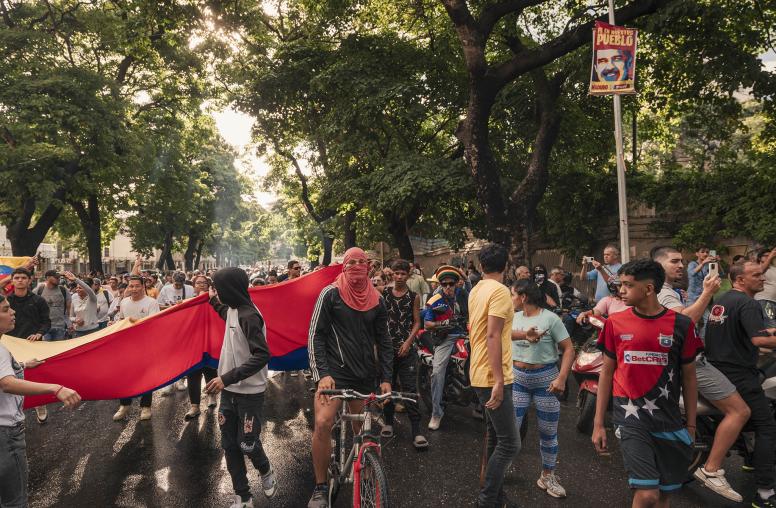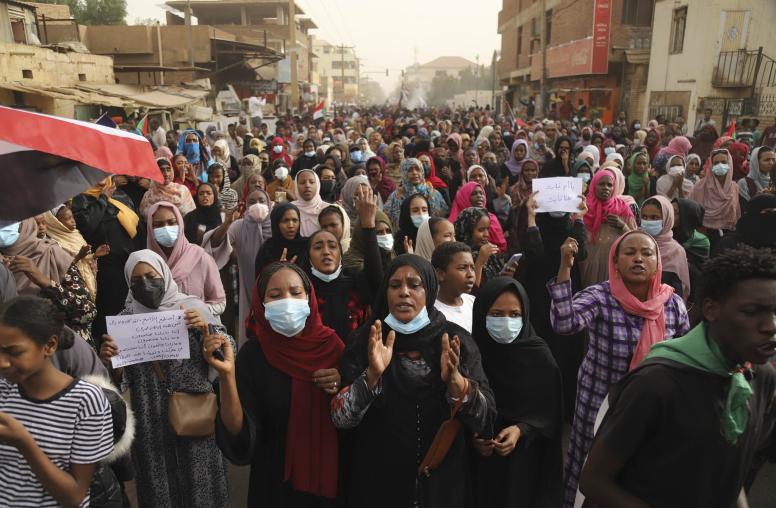Civil Resistance 1: The Dynamics of Nonviolent Movements
This course provides a multidisciplinary perspective on nonviolent, civilian-based movements and campaigns that defend and obtain basic rights and justice around the world, and in so doing transform the global security environment.

Course Overview
The rise of nonviolent, people power movements around the world has become a defining feature of the 21st century. Organized citizen campaigns and movements using nonviolent methods are challenging formidable opponents: unaccountable governance, systemic corruption, institutionalized discrimination, environmental degradation, dictatorship, foreign military occupation, and violent extremism. Their “weapons” are not guns or bombs but rather protests, boycotts, sit-ins, civil disobedience, building of alternative institutions, and hundreds of other nonviolent tactics. Combined with the use of traditional political and legal means, these movements have and continue to shape political, social and economic change across the globe.
Participants in this course will:
- Learn from a diverse set of activists, scholars and practitioners through stories, research, and exercises.
- Transform how they analyze and think about conflict – its value, mode, and outcomes.
- Engage with a growing community of learners and experts enrolled in the course through a continuous series of live, interactive, and collaborative online events.
- Co-create new knowledge and insights to enhance and update the course as the field evolves.
Activists, civil society leaders, scholars, regional experts, policymakers from governments and international organizations, journalists, religious figures, educators/trainers, and those with a keen interest in how ordinary people are transforming conflicts through nonviolent action are encouraged to enroll and join this powerful global conversation.
If you cannot play the video, click here to download it.
Agenda
Chapter 1 - Setting the Stage: The Historical and Theoretical Foundations of Nonviolent Struggle
This chapter investigates the theories of power, peace, conflict, and obedience that lie at the foundation of nonviolent struggle. We also examine the history of nonviolent struggle and what it can teach us about its effectiveness, challenges, and common misconceptions.
Chapter 2 - Preparation: Analyzing and Strategizing as a Nonviolent Movement
This chapter looks at how nonviolent movements analyze their conflict landscape and think strategically once that information is gathered. We explore a variety of analytical tools and strategic principles that have been adopted by successful nonviolent movements.
Chapter 3 - Mobilization: The Role of Leaders and Followers
This chapter examines leadership styles, movement-building, and movement structure. We will look at the importance of recruitment, building relationships, sustaining participation, activist roles, and the third party actors.
Chapter 4 - Taking Action: The Methods of Nonviolent Struggle
This chapter explores the range of nonviolent methods that are in a movement’s arsenal. We look at how the use of methods can be mapped out and utilized to carry out the strategic plan and adapt to changing conditions on the ground.
Instructor and Guest Experts
Course Instructors
- Daryn Cambridge, Professional Development Portfolio Manager, EPIC, Training Resources Group
- Maria J. Stephan, former Director of the program on Nonviolent Action, U.S. Institute of Peace
Guest Experts
- Dr. Peter Ackerman, Founding Chair, International Center on Nonviolent Conflict (ICNC)
- Dr. Maciej Bartkowski, Senior Director, International Center on Nonviolent Conflict
- Dr. Erica Chenoweth, Associate Professor, Josef Korbel School of International Studies at the University of Denver
- Dr. Mary Elizabeth King, Professor, University for Peace
- John Lewis, U.S. House of Representatives
- Georgia Ivan Marovic, Organizer, Software Developer and Social Innovator
- Erin Mazursky, Founder and Executive Director, Rhize
- Hardy Merriman, President, International Center on Nonviolent Conflict


